Buying a Leica M11: The Most Rationally Irrational Decision of My Life
A year with the M11, six months with the M6, and a lifetime of justifying it to myself.
Buying a Leica isn't a rational decision. It's an act of financial self-sabotage dressed up in red dot mysticism, a purchase that makes perfect sense to no one but the person doing it. Still, a year ago to this day, I did it anyway.
Leica people exist in every hobby. They're the ones who willfully ignore specs, dismiss practicality, and convince themselves that an objectively worse, yet far more expensive product is actually better because it has soul. Think Swiss watches, Montblanc fountain pens, and vintage sports cars driven exclusively on weekends.
After some obsessive spreadsheet gymnastics, I realised that if I sold every piece of camera gear I owned at the most optimistic resale prices, I could afford a used Leica M11. No lens. No extras. Just the body. So, in an act of either clarity or delusion, I sold everything and took the plunge. Six months later, I doubled down and bought a Leica M6.
Since then, I've learned a few things—some expected, some less so.
The Learning Curve
When I got the M11, I started with a used 50mm Summicron f/2. The first couple of weeks were pure survival training. Wandering around East Berlin at night like a weirdo, practising manual focus through a rangefinder. Guessing distances. Learning how to zone focus. Missing shots. My early photos were blurry, poorly exposed, or just fundamentally terrible disasters. But that's how you learn.
A month later, I got a call from the Canadian government. My citizenship test. Short notice. So I flew back to Montreal. While I was there, a friend was selling a Voigtländer 35mm f/1.2, and in true Leica fashion, I convinced myself I needed it. Now, I had two classic focal lengths. Within a few months, I'd sold both and settled on a 28mm Summicron F2 and 50mm Summilux F1.4.
At first, I struggled with the Leica colours. Coming from Fujifilm and its "film simulations", everything looked too neutral, clean, and accurate. But once my eyes adjusted, I got it. Leica's colours don't try to impress you immediately. They're subtle and understated, yet easy to edit as RAW files in Capture One.
Why Leica?
Leica cameras are absurdly expensive, impractical, and often romanticised beyond reason. And yet, once I started using one, it made a weird kind of sense. Or at least that's what I fooled myself into thinking.
The Logic:
• They're compact, beautifully designed, and built to last.
• The rangefinder makes manual focus surprisingly intuitive.
• The lenses are tiny, stunning, and have a look that's impossible to fake.
• The M11's 60MP sensor delivers ridiculous resolution and enough crop room.
The Myth:
• Pay more for less. You're paying a fortune for no autofocus, IBIS, video, or even a grip.
• It's an emotional purchase for something iconic—part nostalgia, part fantasy, part belief in an experience you can't quite articulate.
• It's like getting a Porsche 911; not because it's the most practical choice, but because nothing else quite feels like it.
And to another point: when I bought my M6 for €2,100 in August, I didn't just get a camera. I got a pile of late 1980s marketing material that read more like a religious text than a product brochure.
"It's not the technology, but the human that is responsible for making a good image."
"Photography with the rangefinder Leica is much more than simply taking pictures. It represents the photographer's attitude toward life, their critical perception, their awareness of their surroundings, and their high standard for photographic representation of their world."
Is this pretentious waffle? Absolutely. But is there something to it? Probably.
The marketing is pure mythology and credit where it's due; they pulled it off and convinced fools like me to part with serious money. They took what is, at its core, a quirky, manual-focus, outdated system and framed it as something largerthan a camera. A philosophy. A discipline. A way of seeing.
But there's something to the timelessness of these cameras; whether you use a Leica M3 from the 1950s, an M6 from the 1980s or an M11 from the 2020s, the user experience is essentially the same. Leica has embedded a certain way of using these cameras, which means if I travelled in a time machine to the 1960s and handed Henri Cartier Bresson a Leica M11, he'd know how to use it off the bat. The continuation of the same user experience is deeply appealing to people like me.
Leica in the Wild
Over the next year, I took my Leicas everywhere—across Europe, back to Canada, through the Alps, into the grit of Berlin. And something shifted. I started shooting differently. Bolder, less careful. Not because the camera forced me to, but because it made me want to. Maybe Leica's marketing nonsense wasn't nonsense after all.
I walked the streets in Porto for hours, captivated by the city's weathered palette of deep blues, earthy reds, and golden yellows, convinced I was making art. Then I used the M11 in the Alps and realised it could hold its own against my old digital medium format camera, which I'd once considered untouchable.
By the time I reached Romania and Sicily, I wasn't overthinking. I was taking more photos. I was being bolder. I was convincing myself that I'd needed this camera all along, even though I didn't even own a Leica six months earlier. And by early August, I fully lost the plot—I decided I needed a film Leica too. A few days later, I had a mint 1991 Leica M6.
For whatever reason, Berlin continued to be a creative black hole for me. But I noticed something on my next trips: to the French Alps in summer, to Montreal in autumn (to become a Canadian citizen), to Iceland in November, and back to Chamonix and the UK in December and January. My photography was changing. Maybe it was more distinct. Maybe it had more of a 'look.' Or perhaps I was just flattering myself.
My Leica images are rarely (if ever) perfect. It’s probably my lack of skill, but they can be soft, misfocused, and unpredictable. But so are memories. Maybe these photos feel different because they sit somewhere between precision and imperfection, between documentation and recollection. Or maybe I just paid too much money and need to justify it.
Living With It
For someone who takes dozens of trips a year, I can't overstate how useful it is to have small yet capable film and digital cameras. My M11 and M6 with a 50mm Summilux and 28mm Summicron take up almost no space and never weigh me down.
M cameras don't attract much attention—except from the occasional Leica enthusiast. On trips to Portugal, Romania, Sicily, France, Iceland, and Scotland, I never once felt self-conscious carrying thousands of euros worth of cameras.
If there's one unforgivable flaw on the M11, it's the boot-up time. Turning it on or waking it from sleep takes two seconds, long enough for the decisive moment to be gone. A camera at this price shouldn't have this problem. A simple workaround means disabling standby mode, but that drains the battery.
The Best Bad Decision I’ve Ever Made
Leica M cameras are boorishly expensive minimalist image-making tools that most sane people will judge as impractical in a way that defies reason. And yet, for a minority, they make perfect sense.
I said before that buying Leica cured my gear addiction, not because I reached enlightenment but because I hit the concrete wall at the end of the universe. There's simply nowhere else to go.
So, are the M11 and M6 worth it? Objectively, no. Subjectively? Without hesitation.
If you've been thinking about one for years or decades and can afford it, just go and do it. In the end, maybe that's all that really matters.
You’ve made it to the end
Thank you for reading. If you’re enjoying reading my silly stories, please recommend my Substack to a friend or drop a comment. I have some Germany stories in mind—stay tuned! Feel free to follow me on Instagram or Bluesky (if you’ve had enough of our tech overloards.




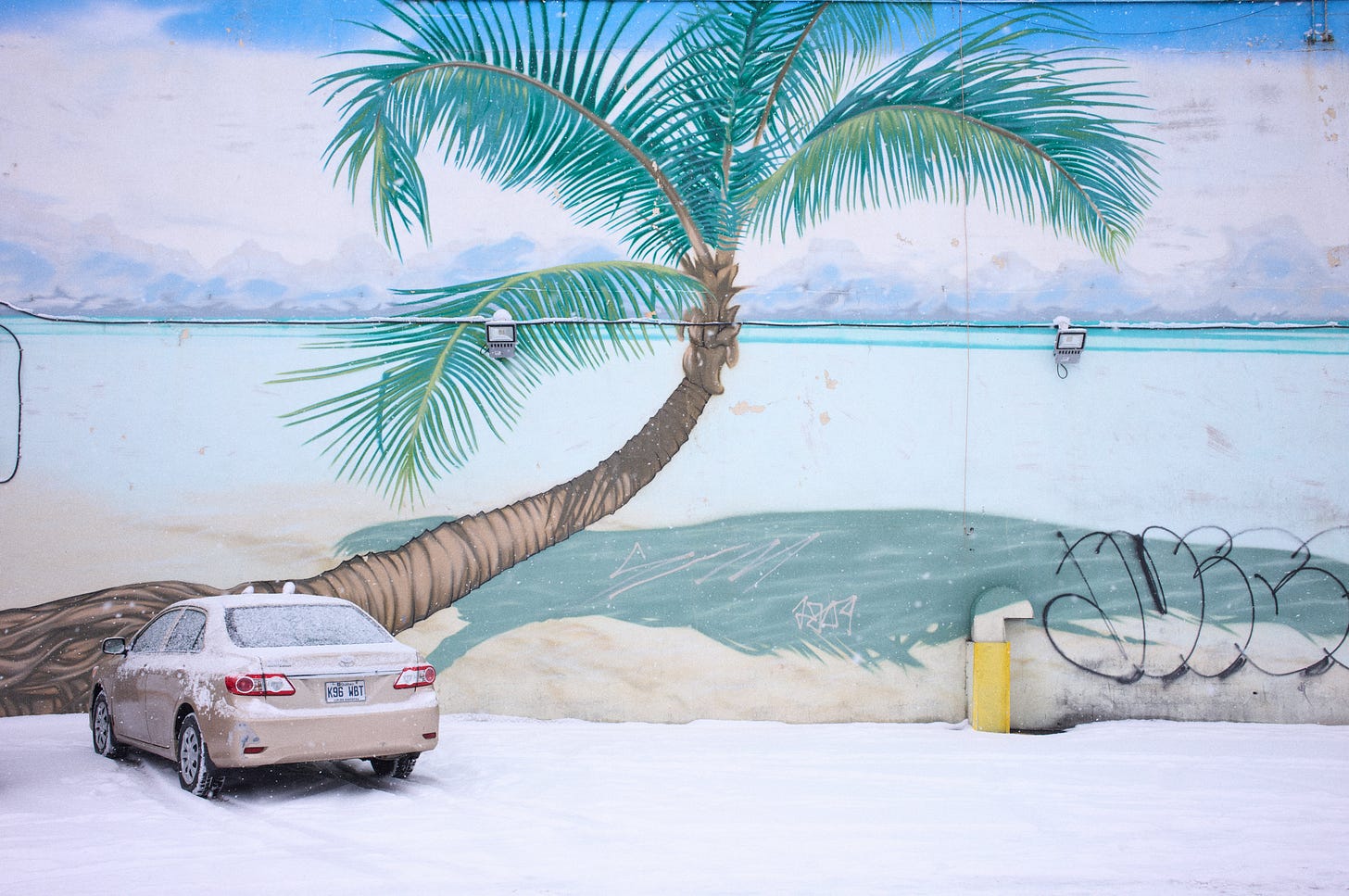
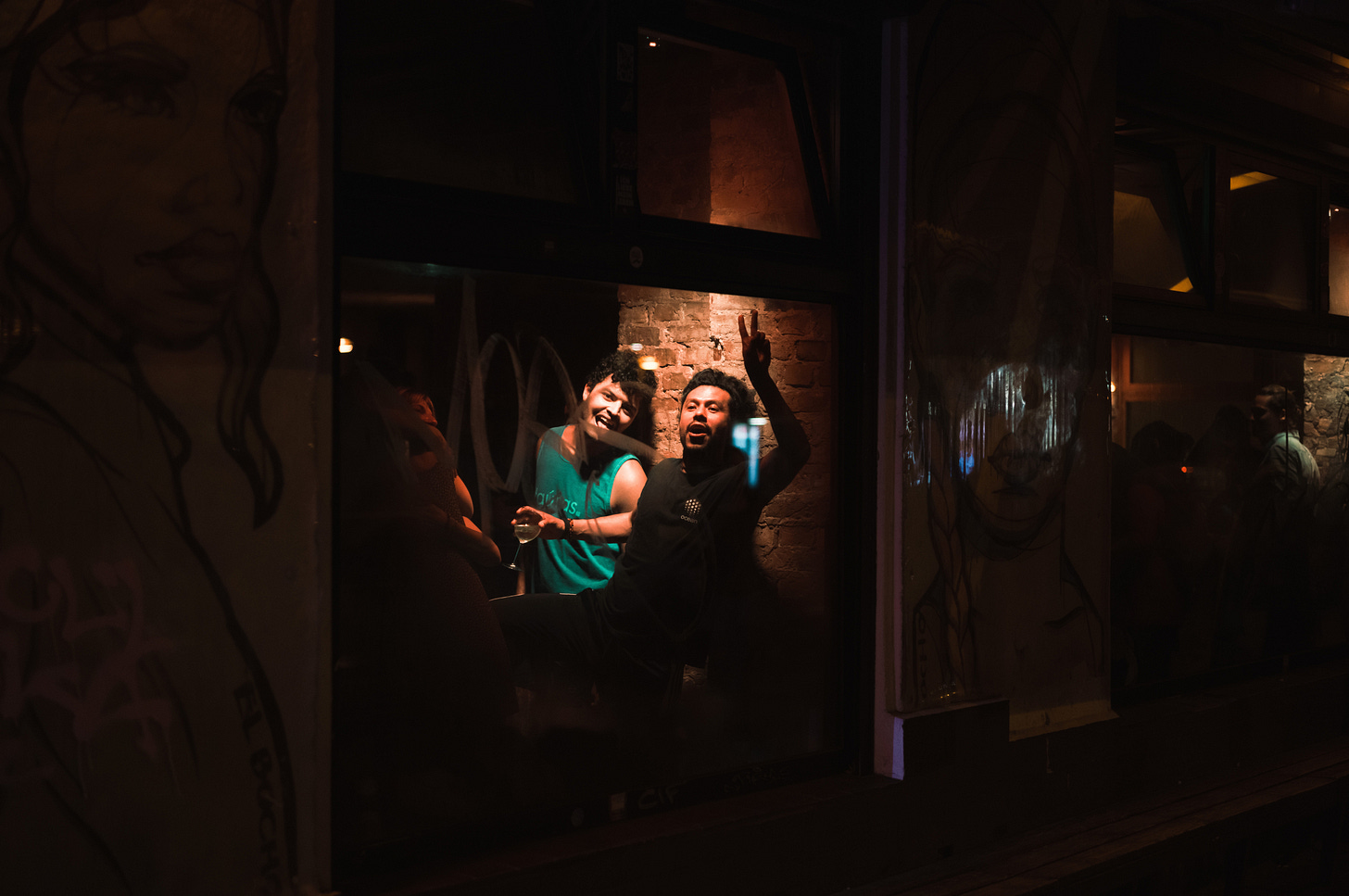
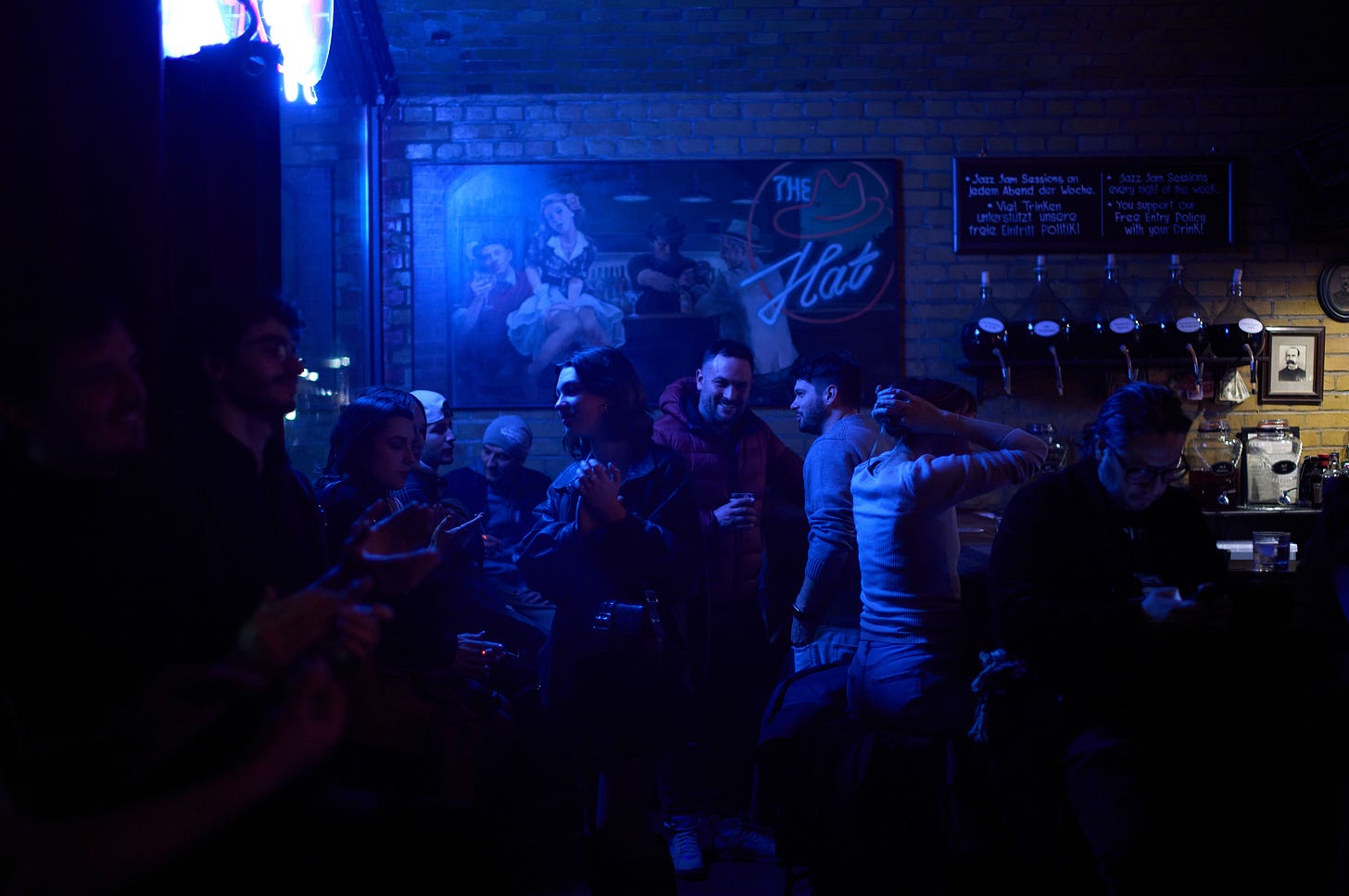
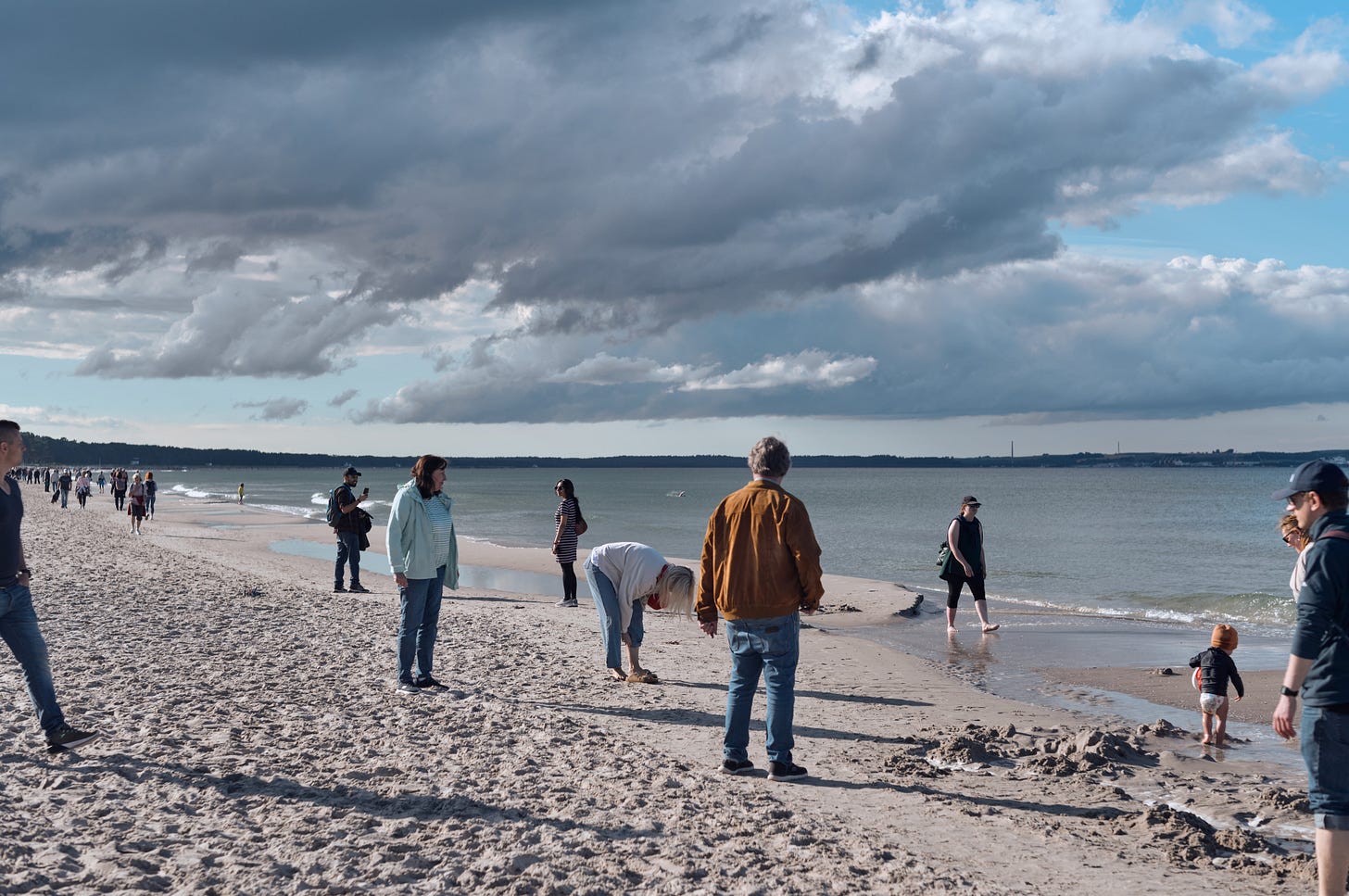
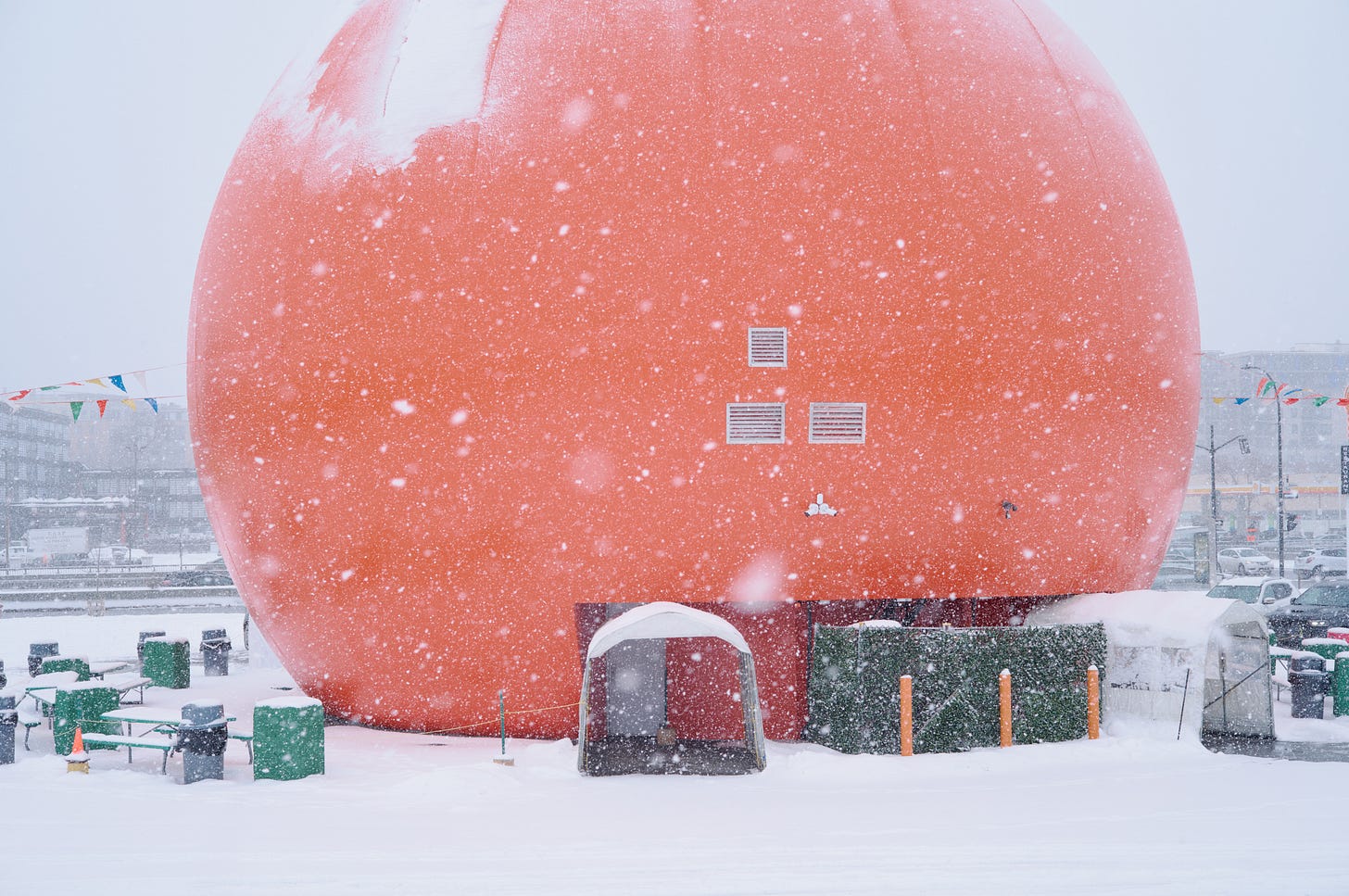
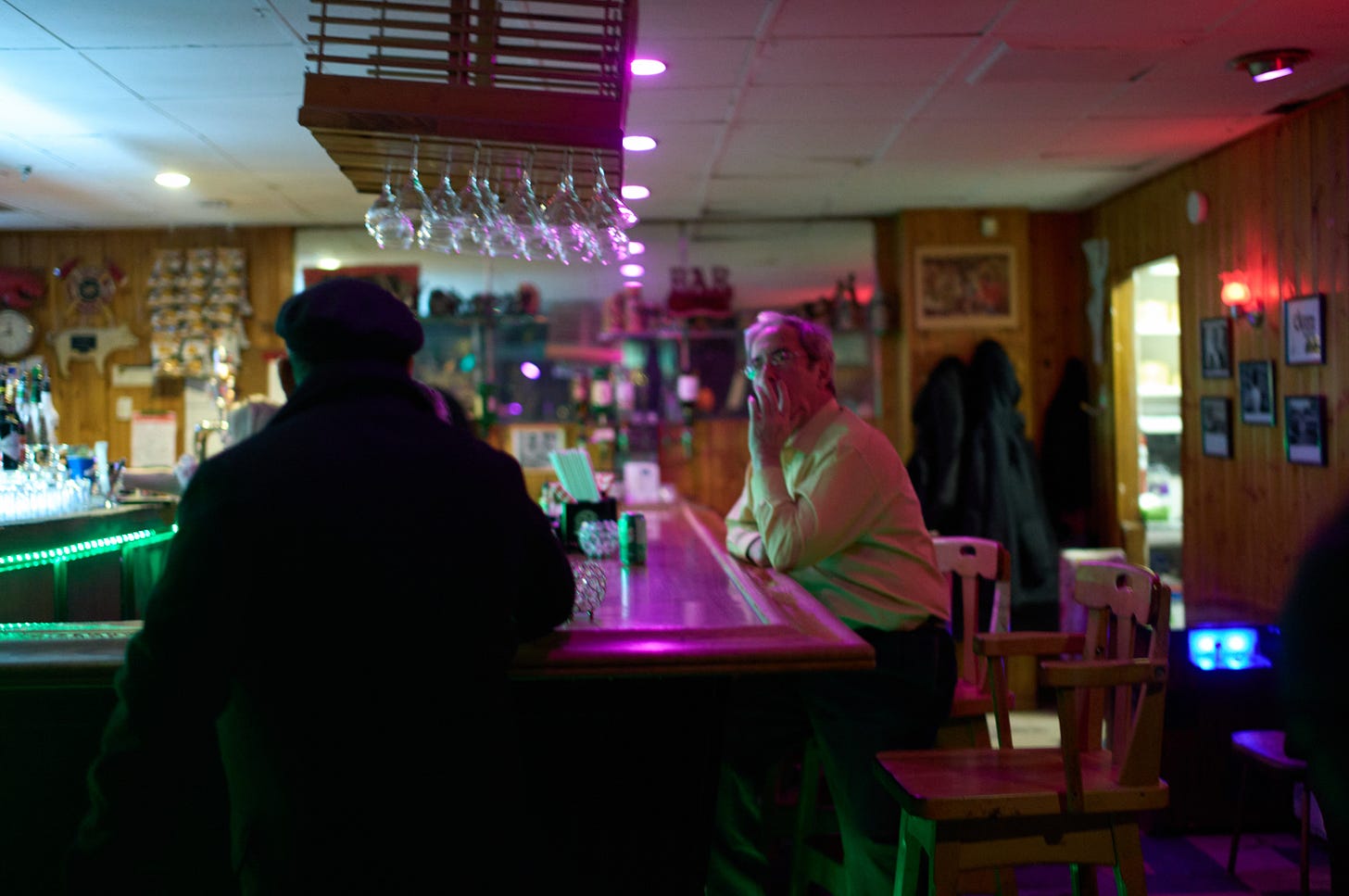
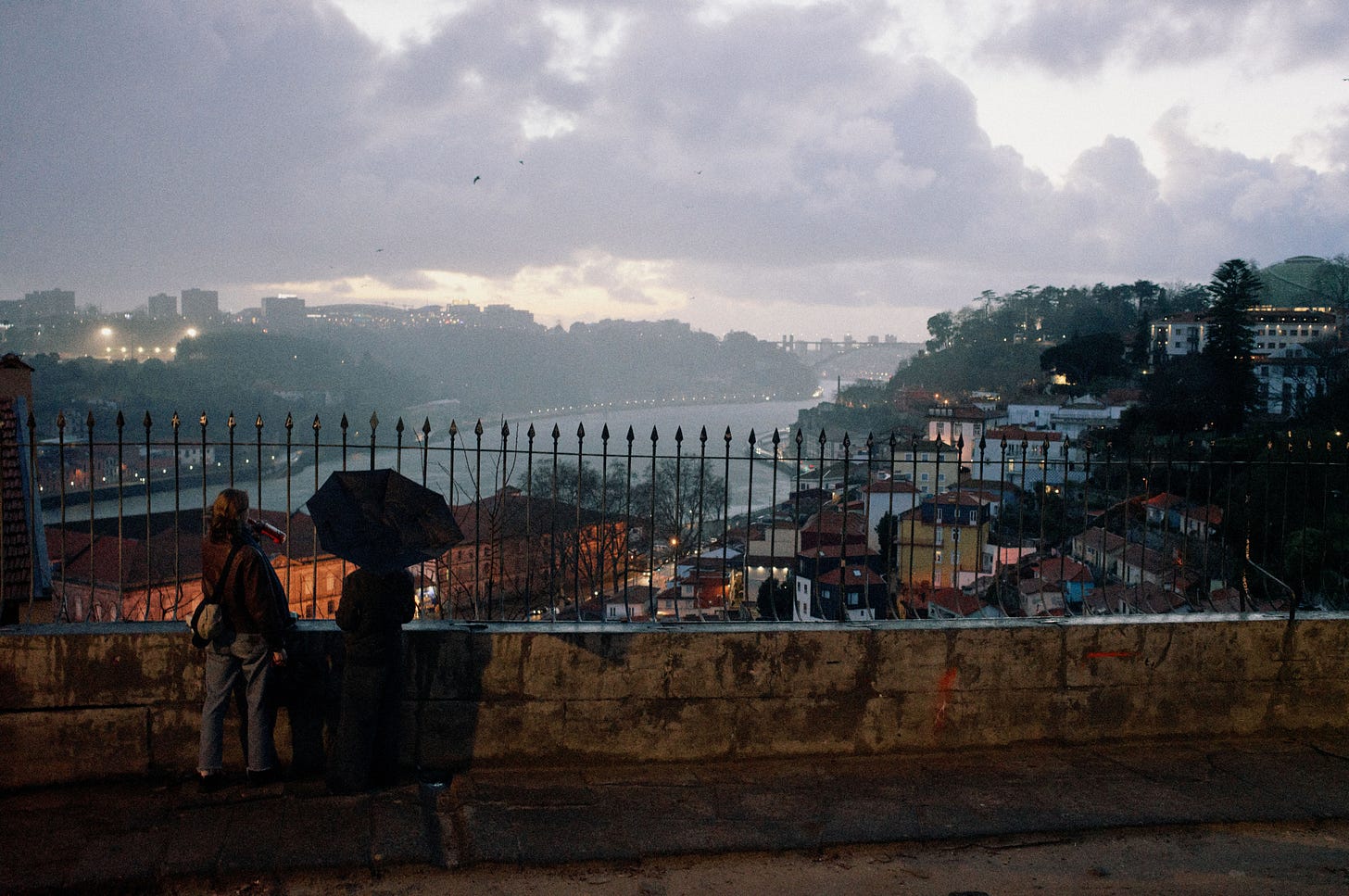
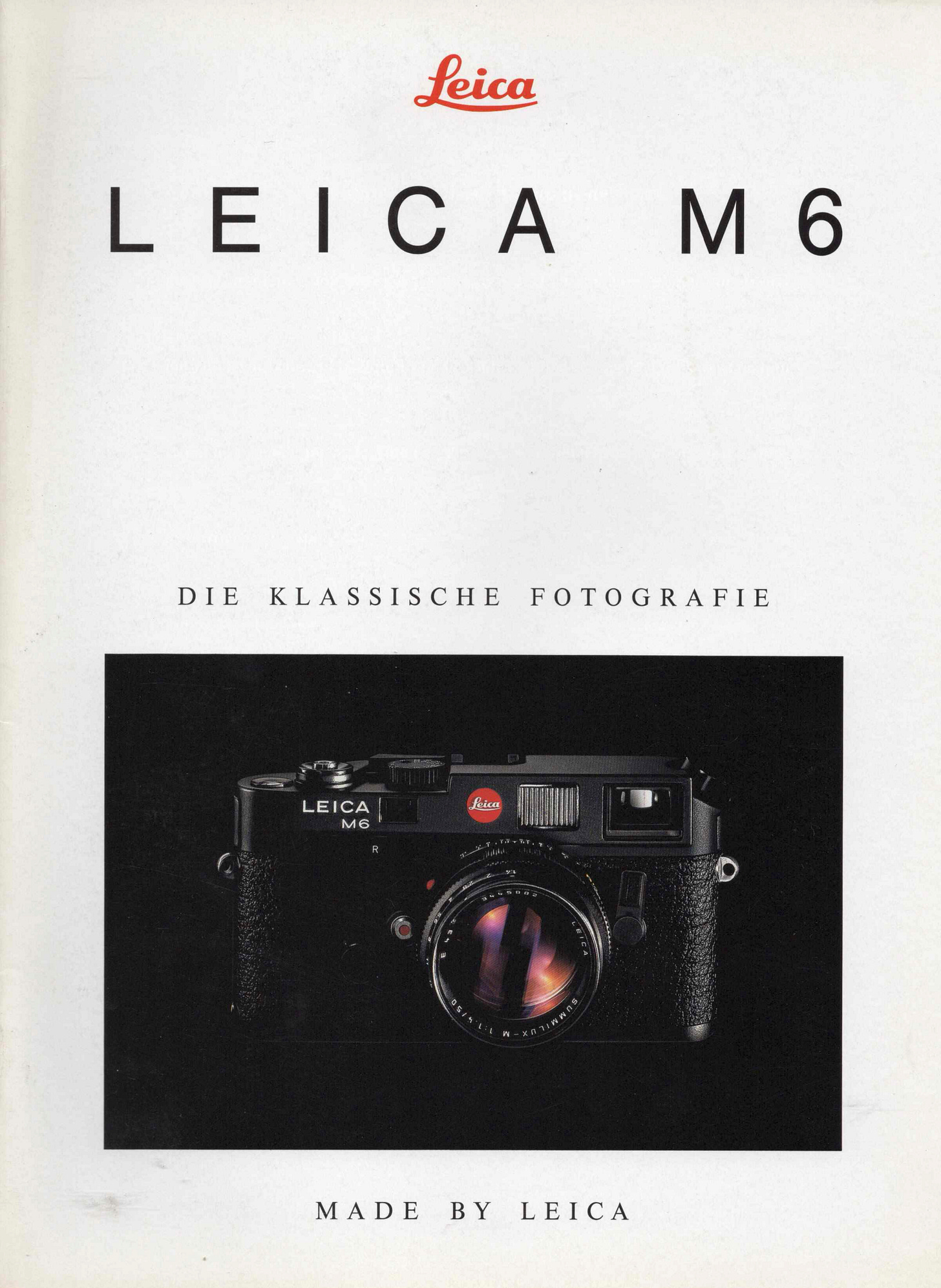
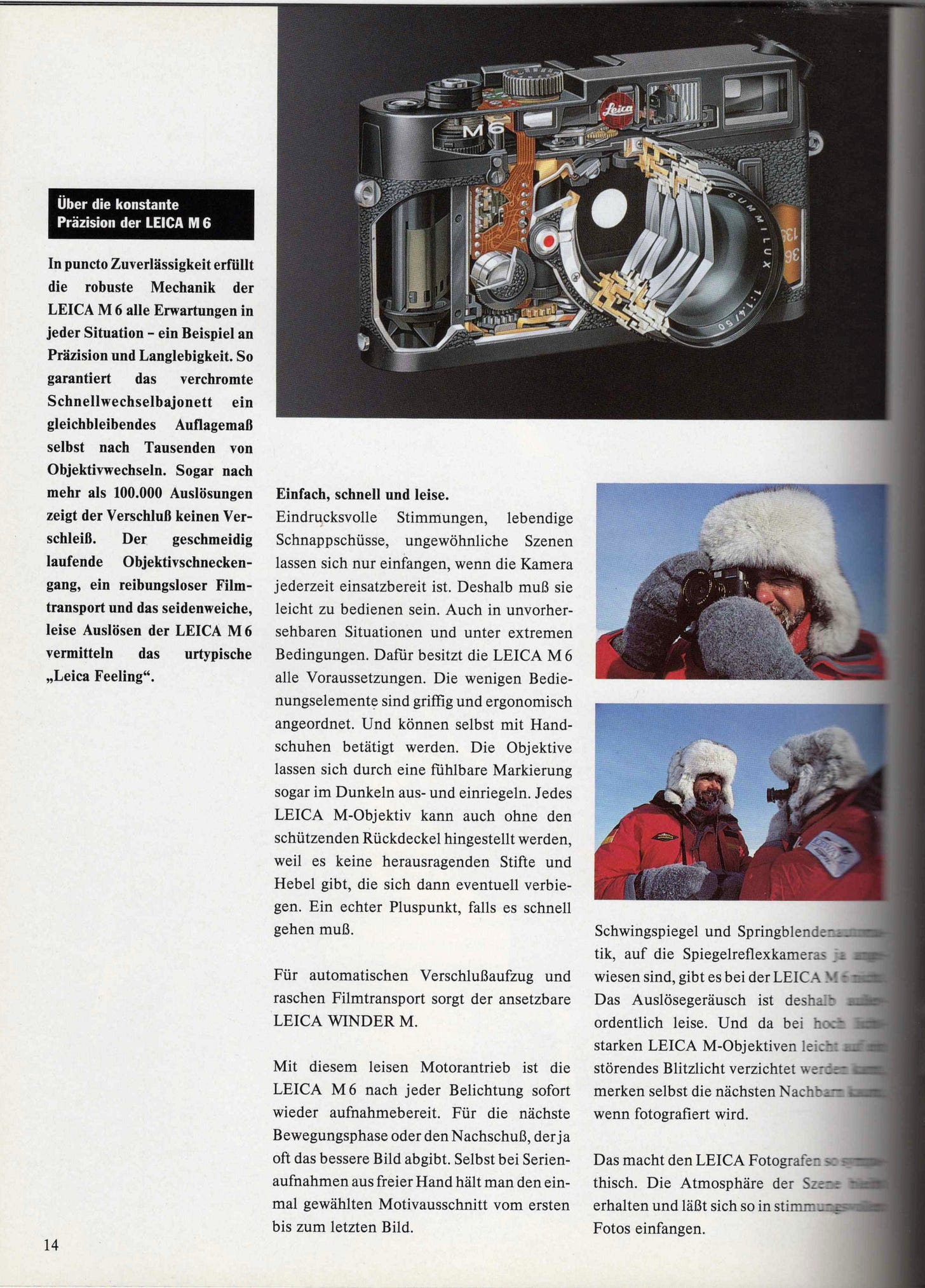
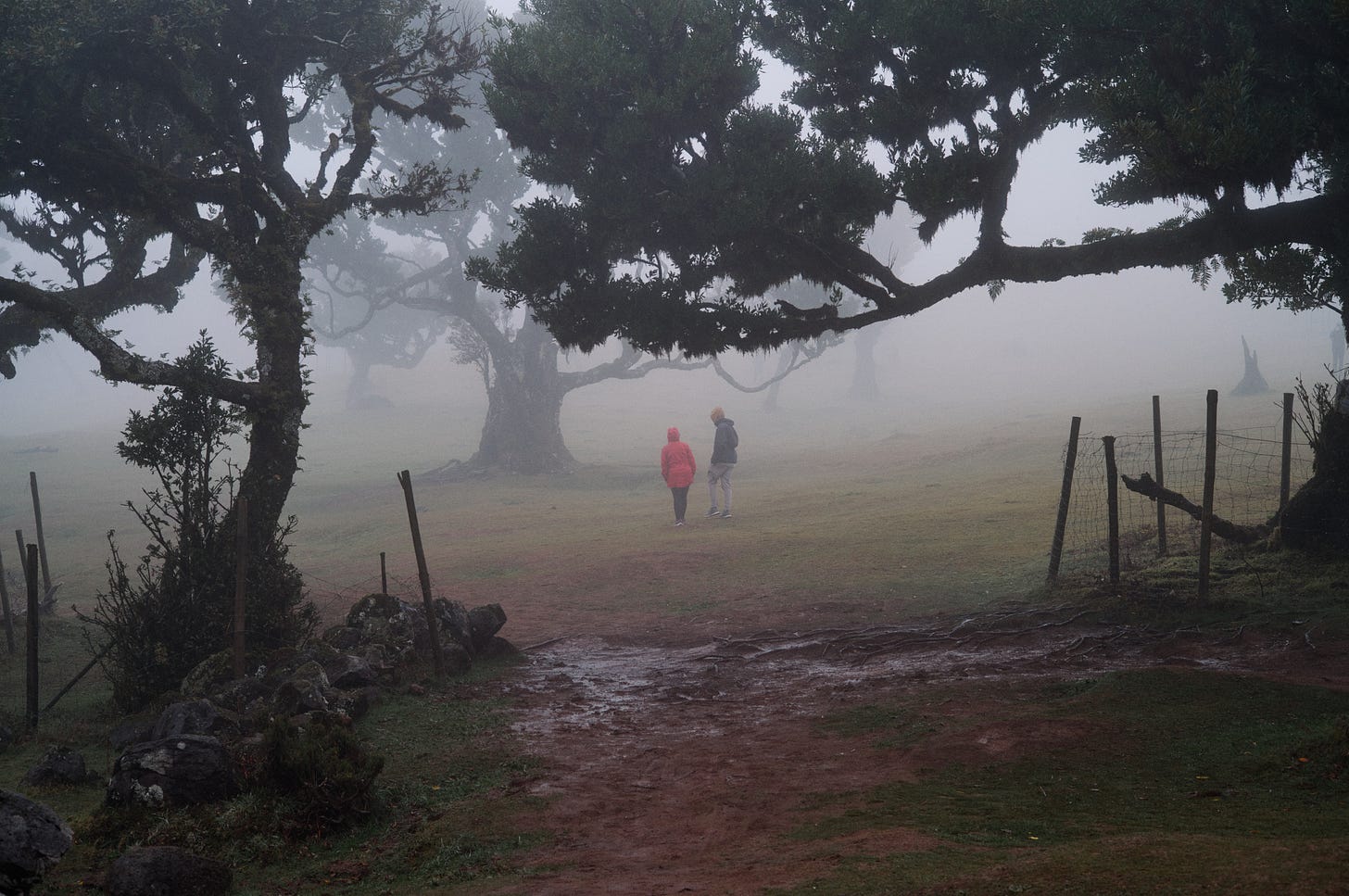
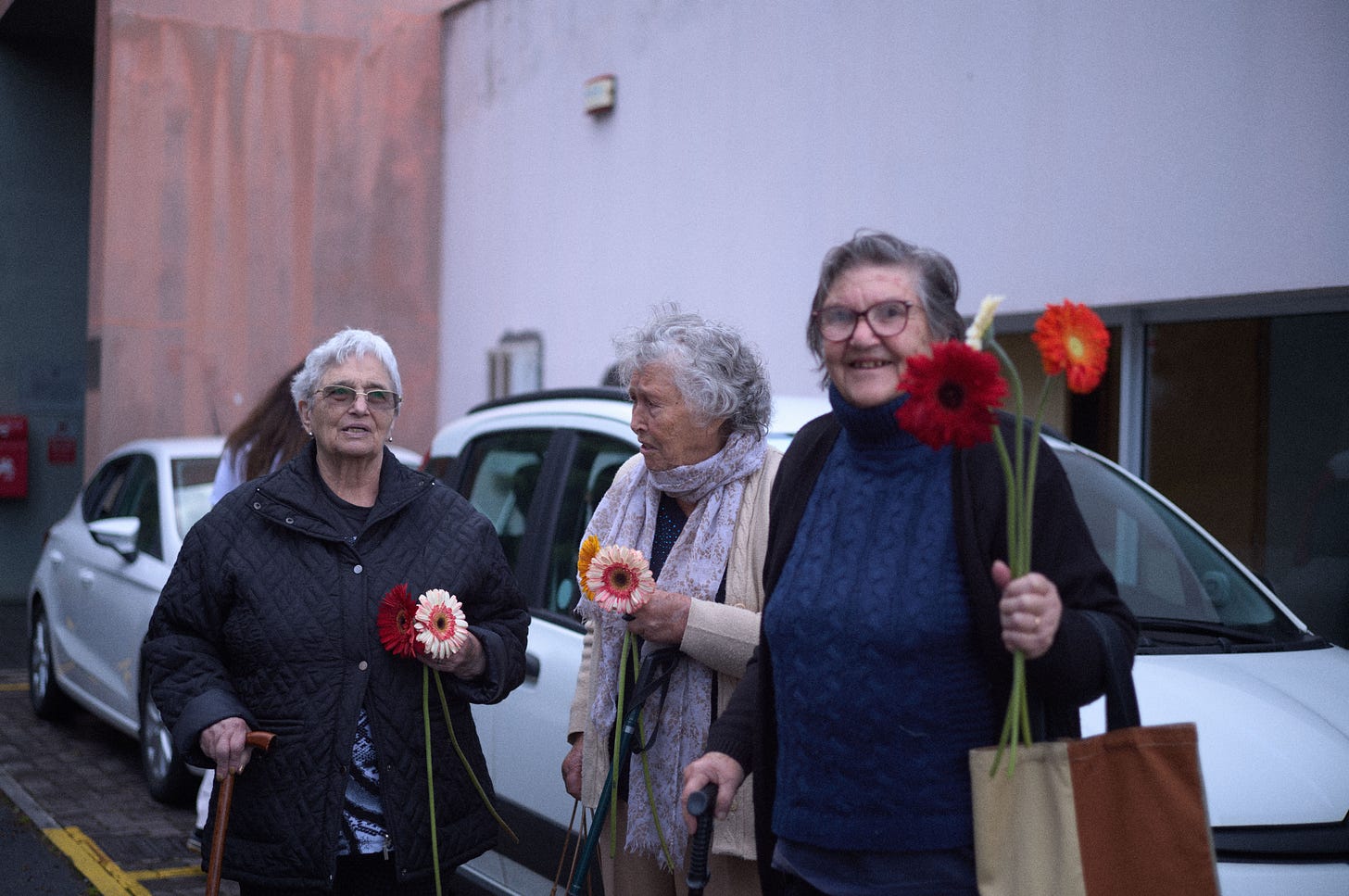
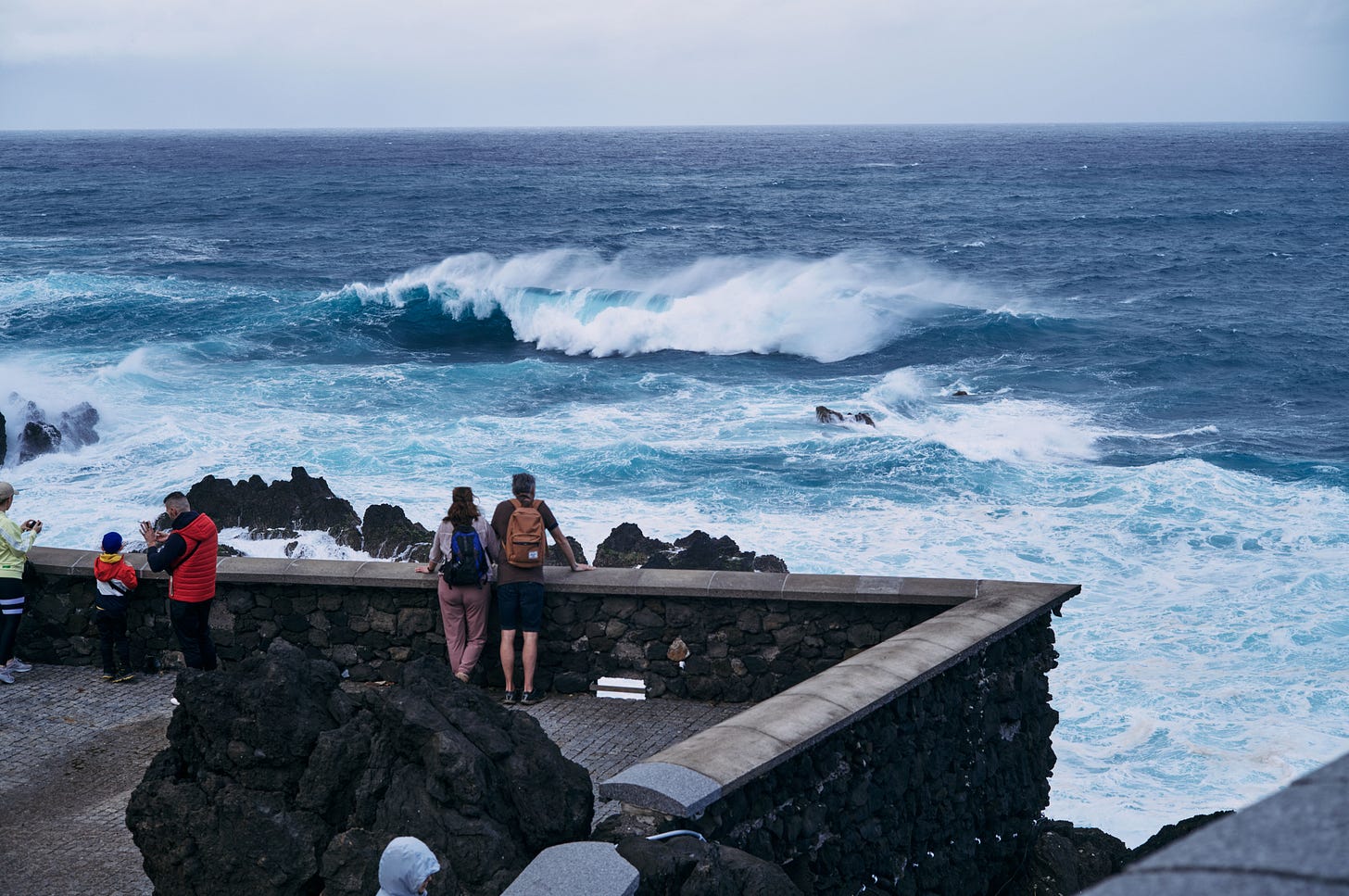
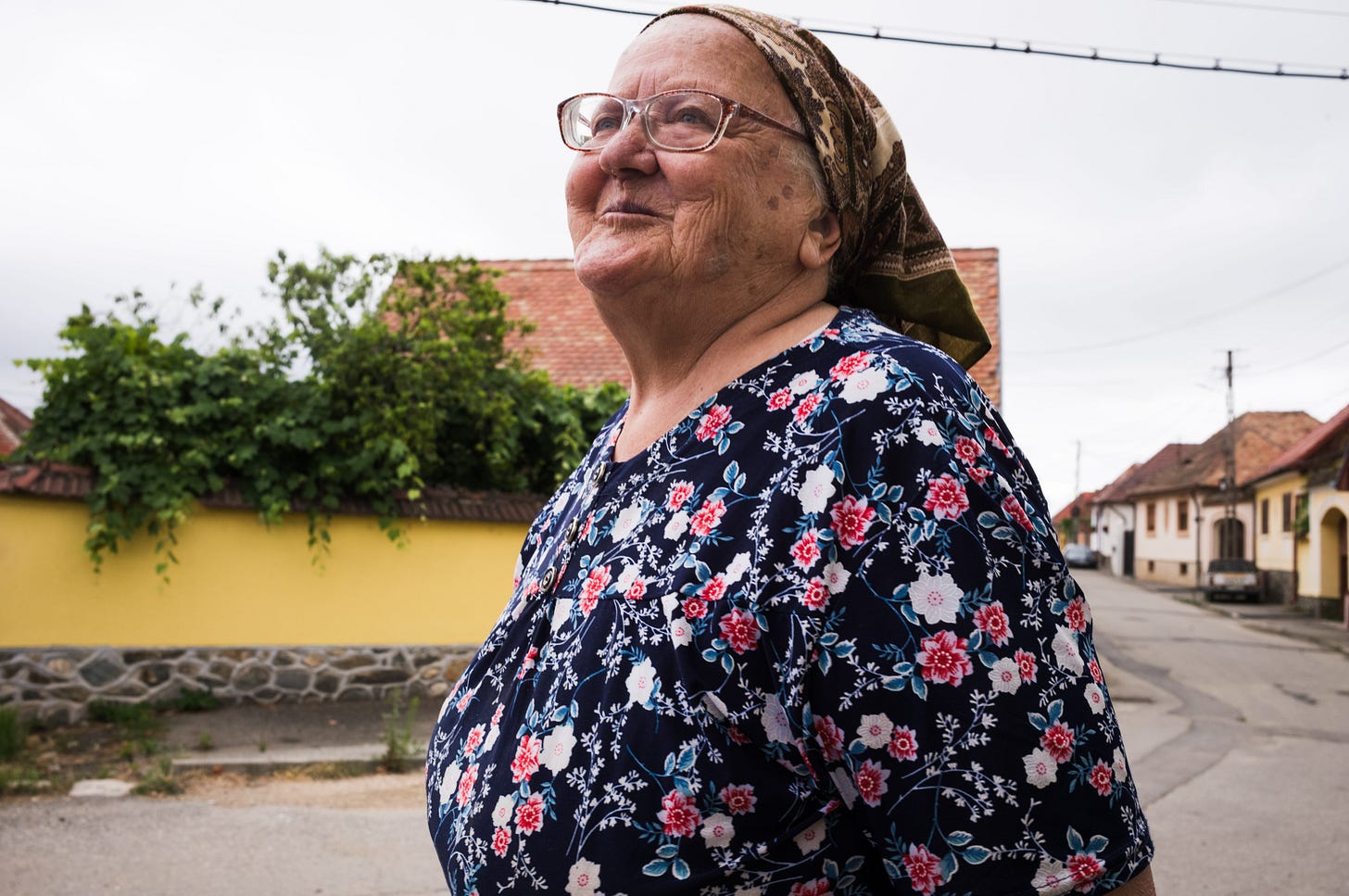
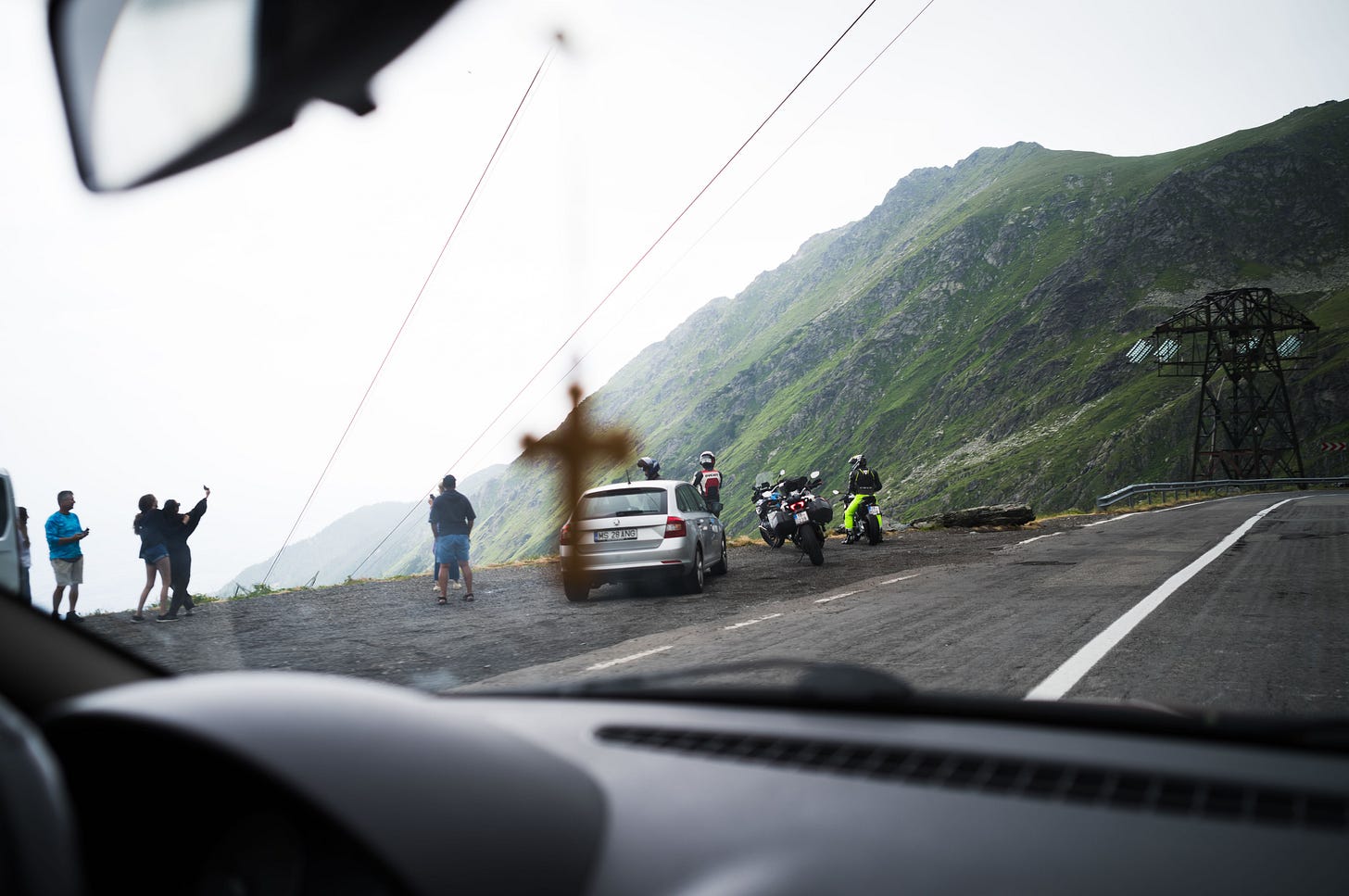

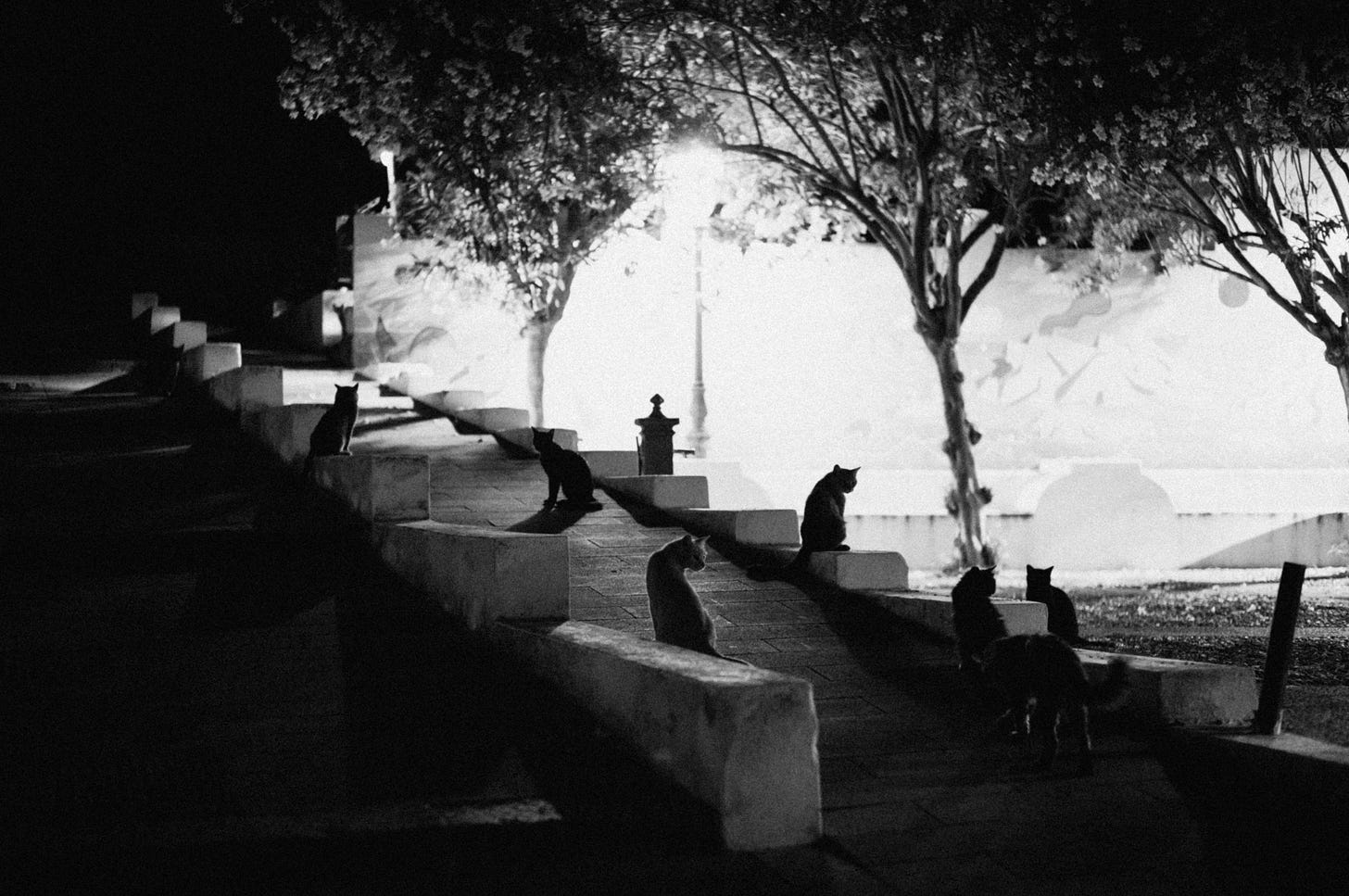
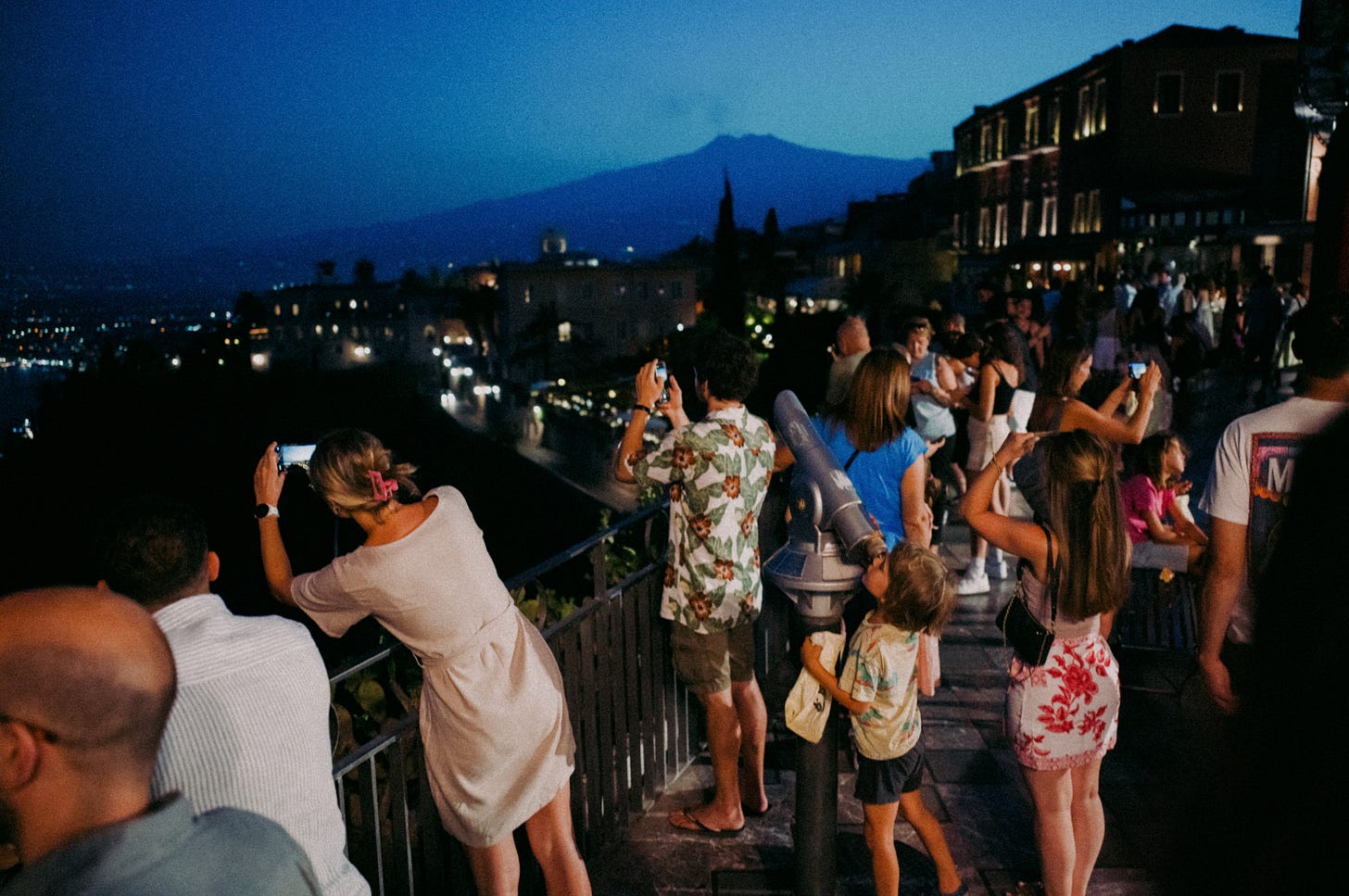
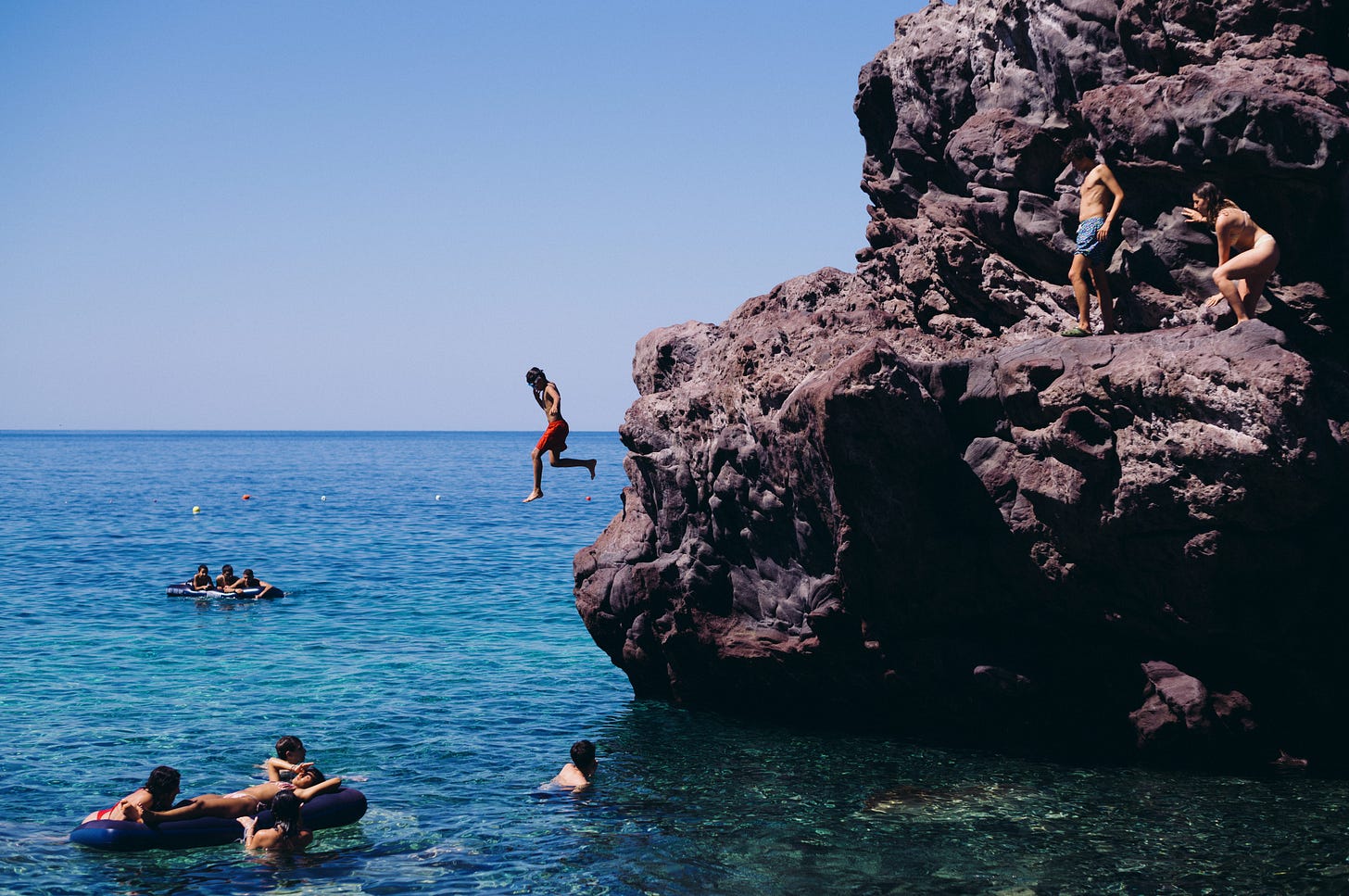
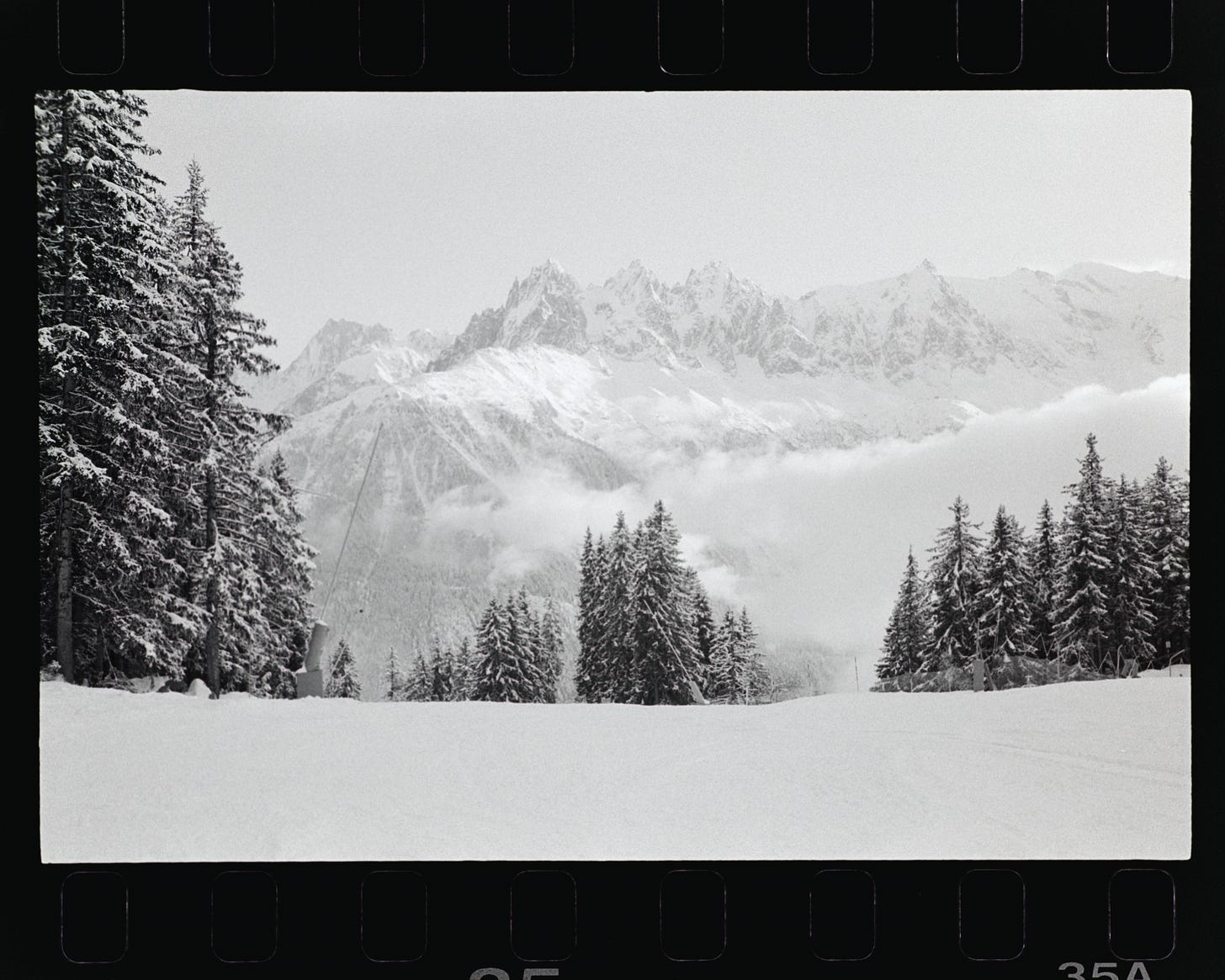
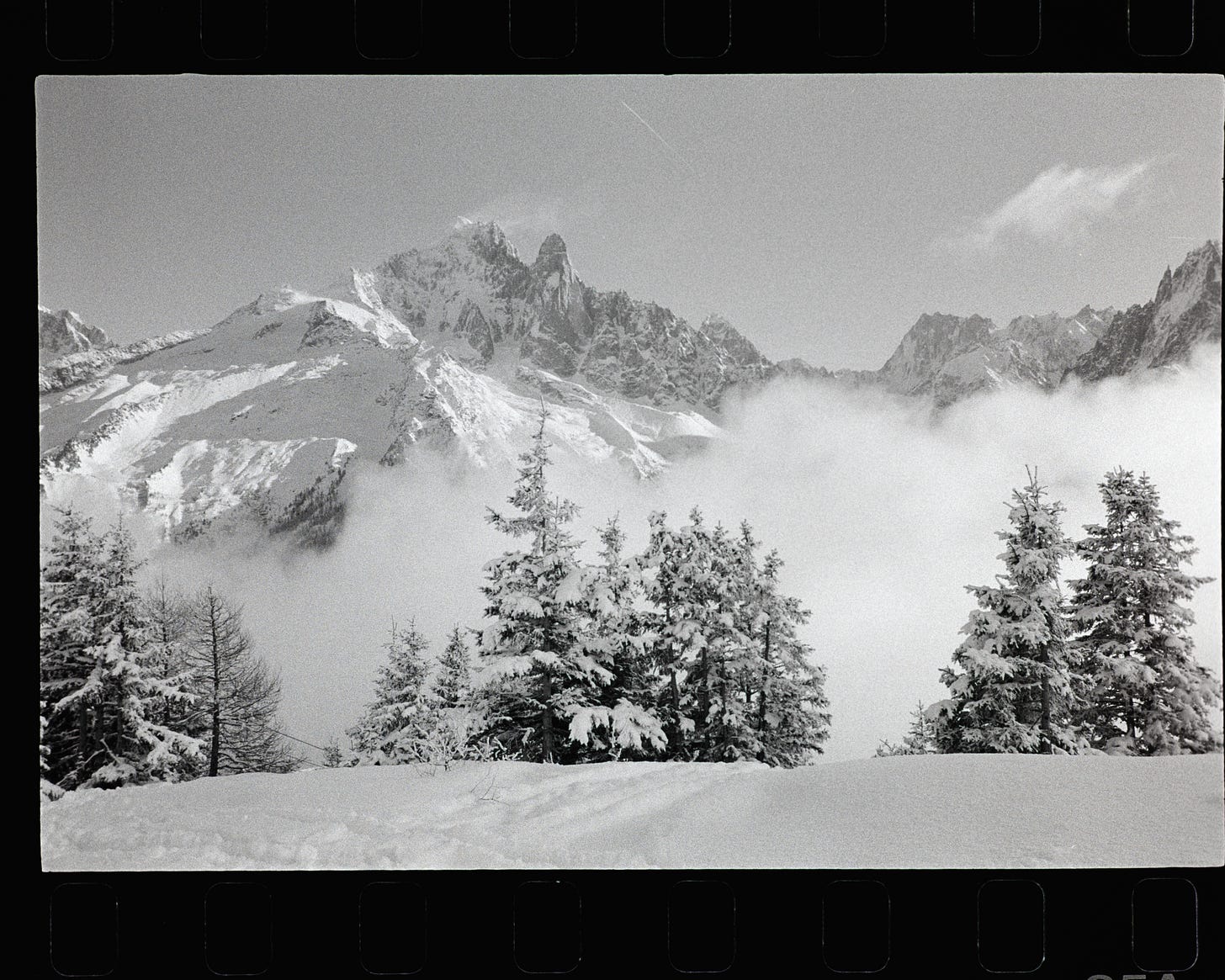
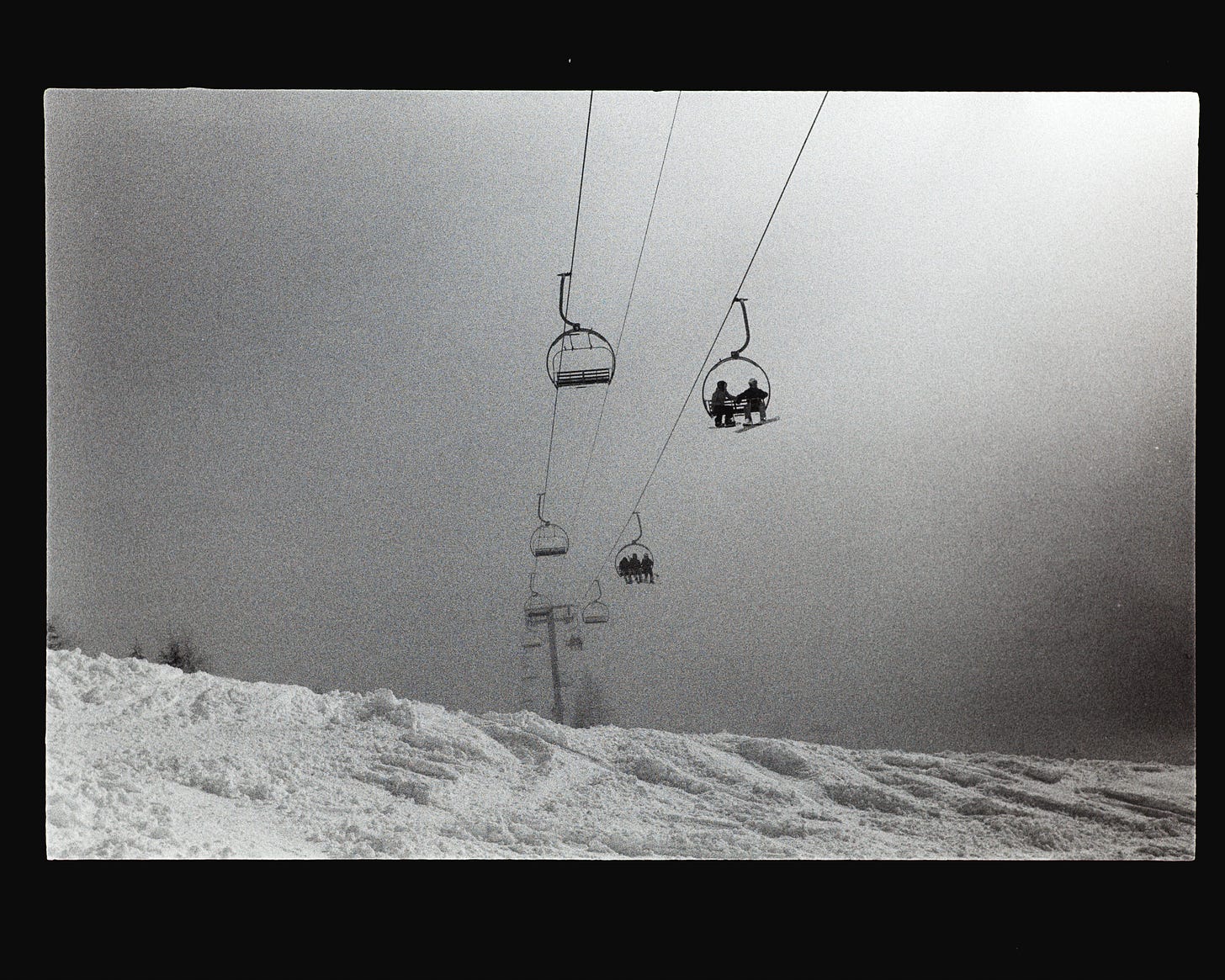
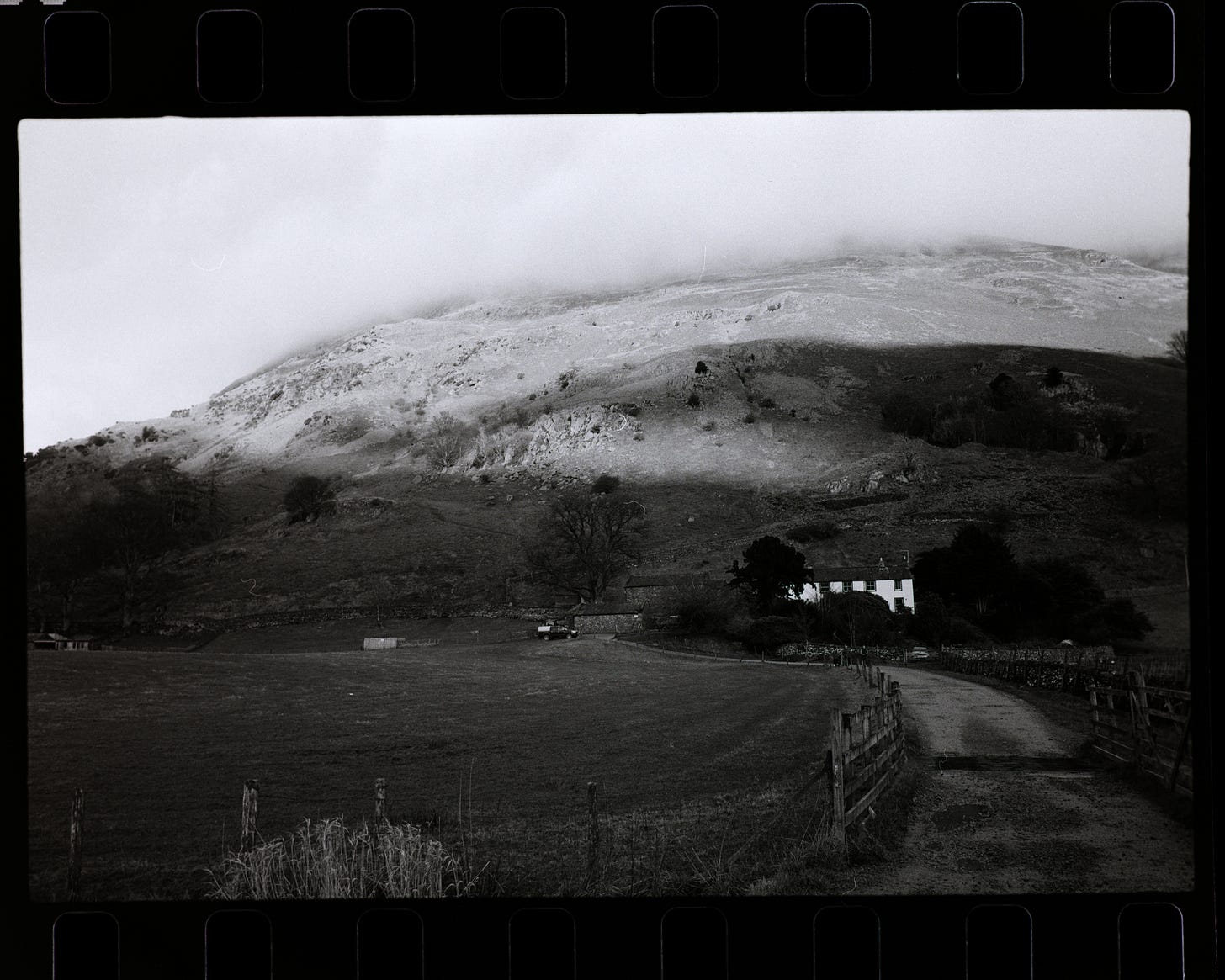
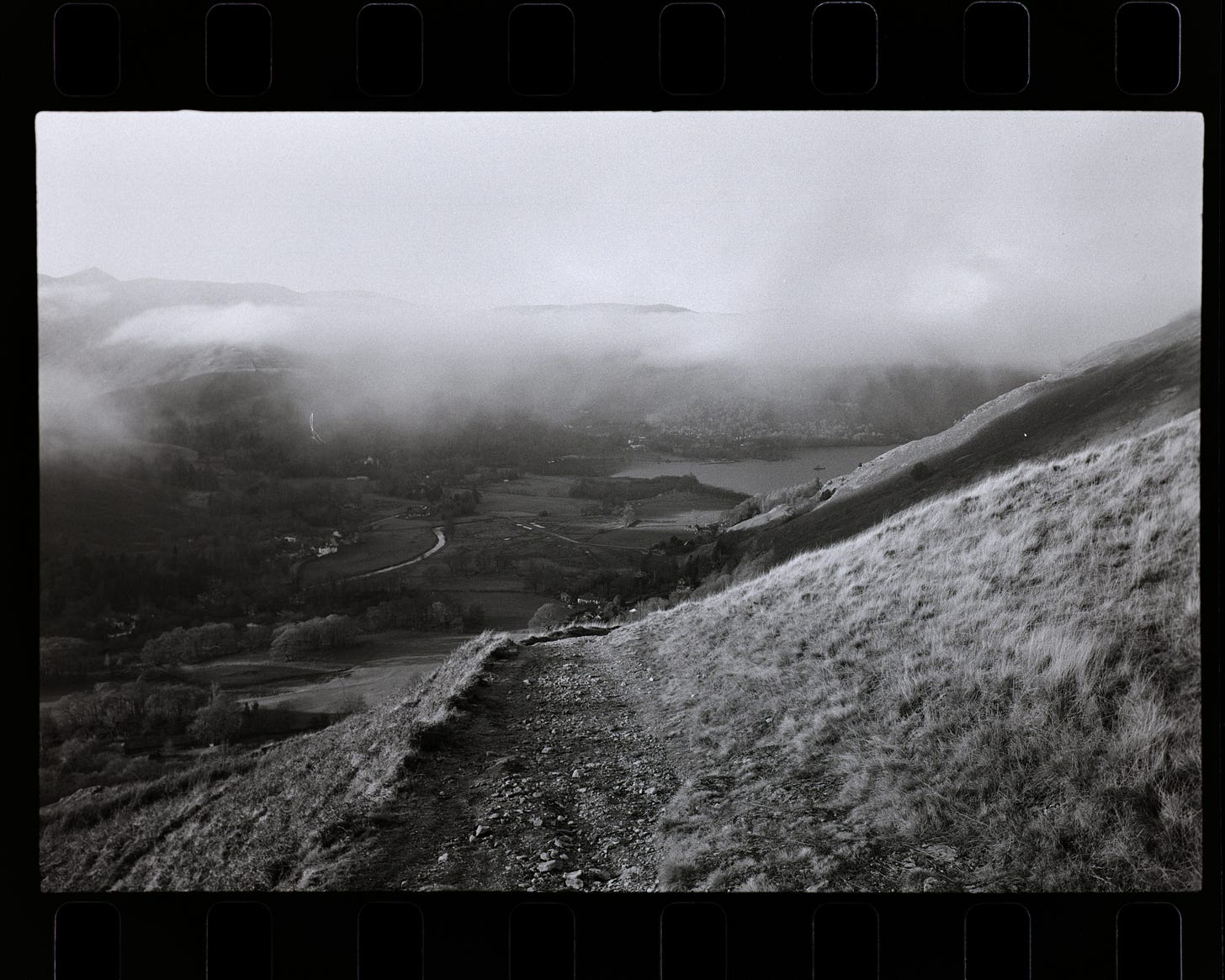
I did almost the same thing but with an M6 first and then an M10. Totally not worth the $$ objectively but I’ve enjoyed that fact of having nowhere else to really go from there. I bought two tiny hardshell cases that fit each body with a 28mm and 50mm lens on them and it all fits in a tiny sling bag I carry when I’m traveling, which is the most liberating thing in the world. And the only saving grace I’ll give Leica to justify the cost is that the resale value holds so much better than any other camera (and in the case of the M6 the camera just keeps appreciating). Beautiful work here as always!
I am a film guy, one lens, one body, one film speed, no flash, filters or tripod.... M6, 50 mm, Summilux F1.4, FP4. Now it is me making photographs, not the gear. Made the change nearly 20 years ago. Never looked back.
Great post! Welcome to the family. Not all things need to be rational!